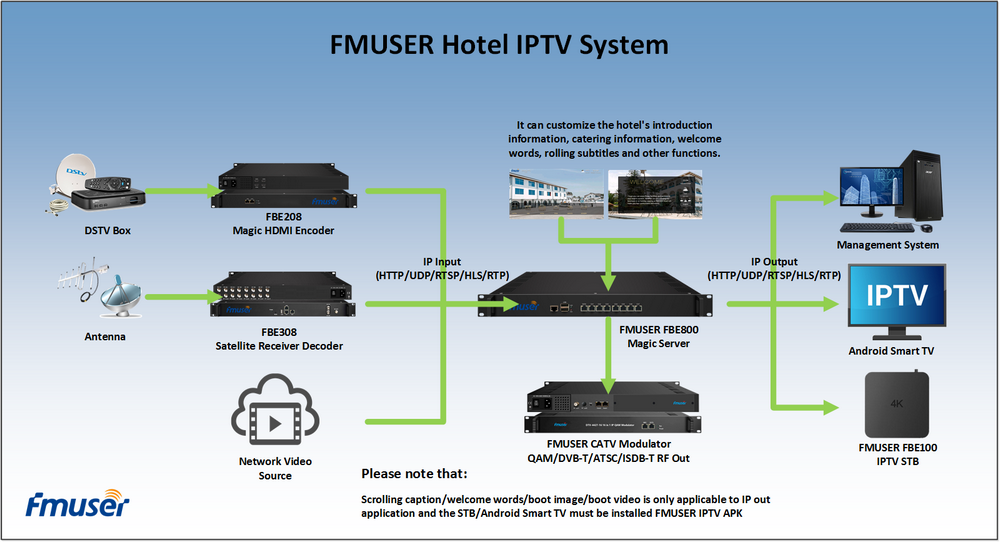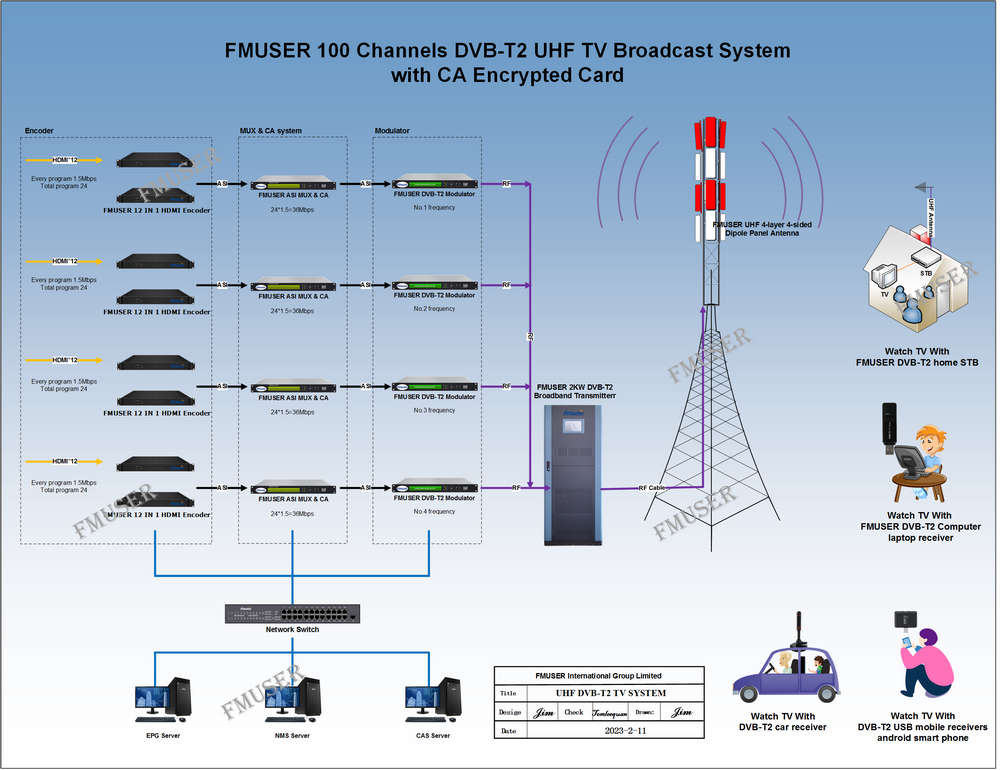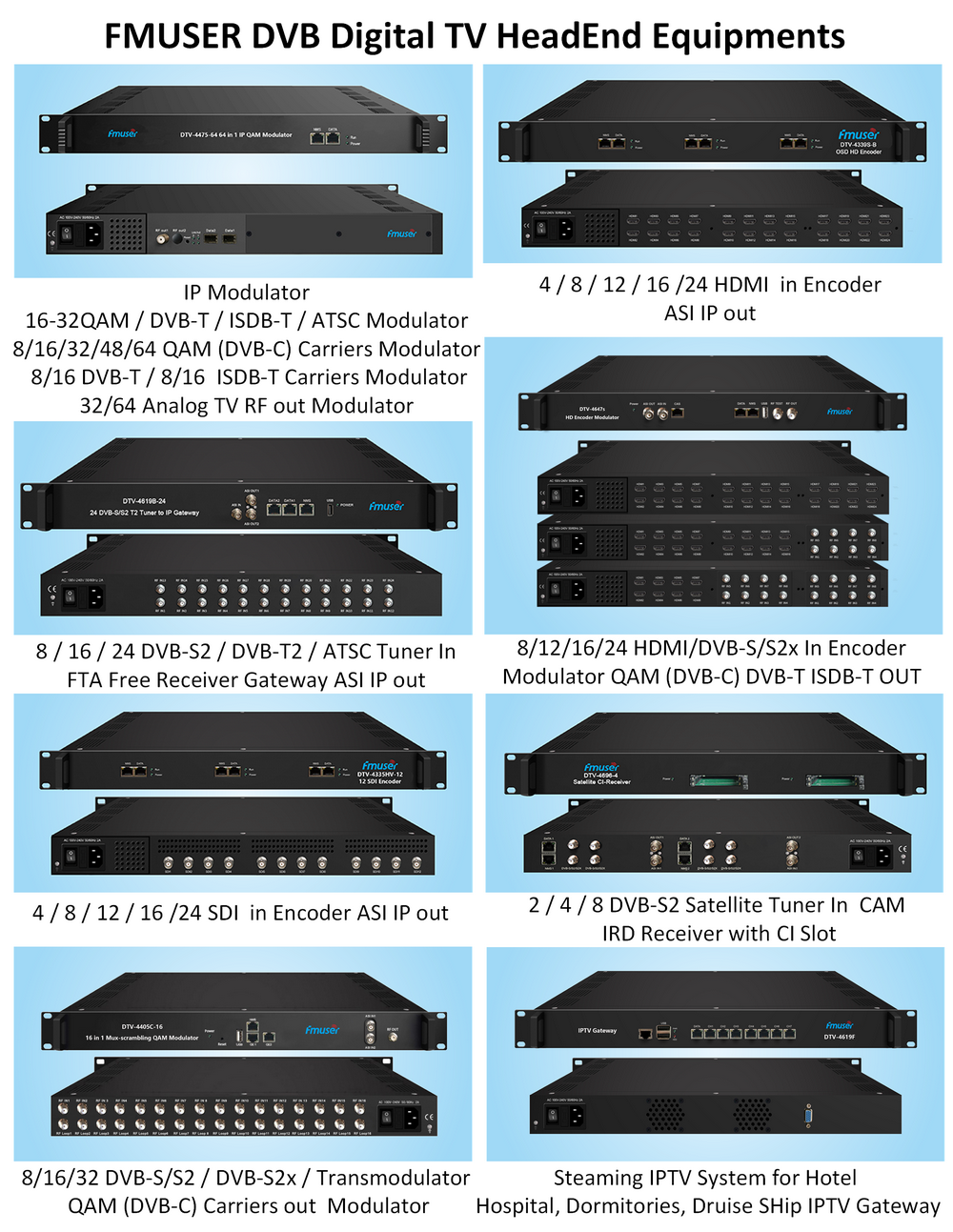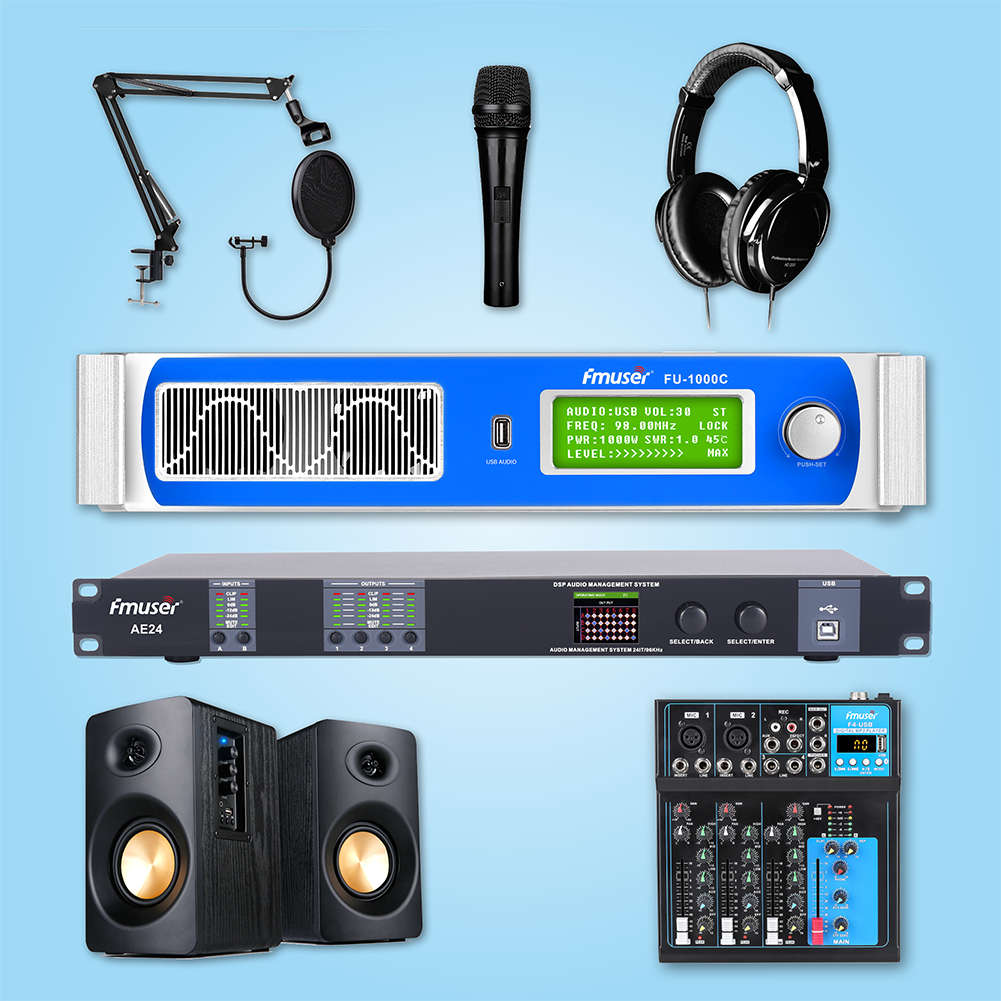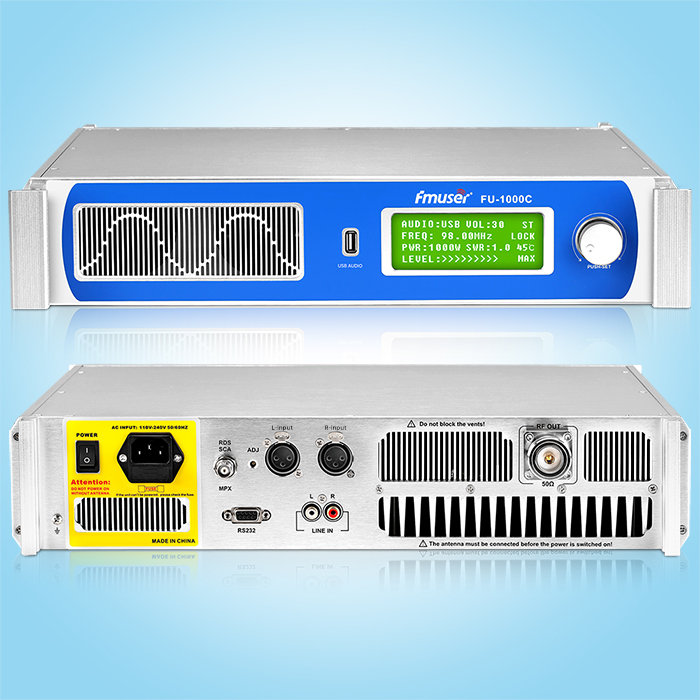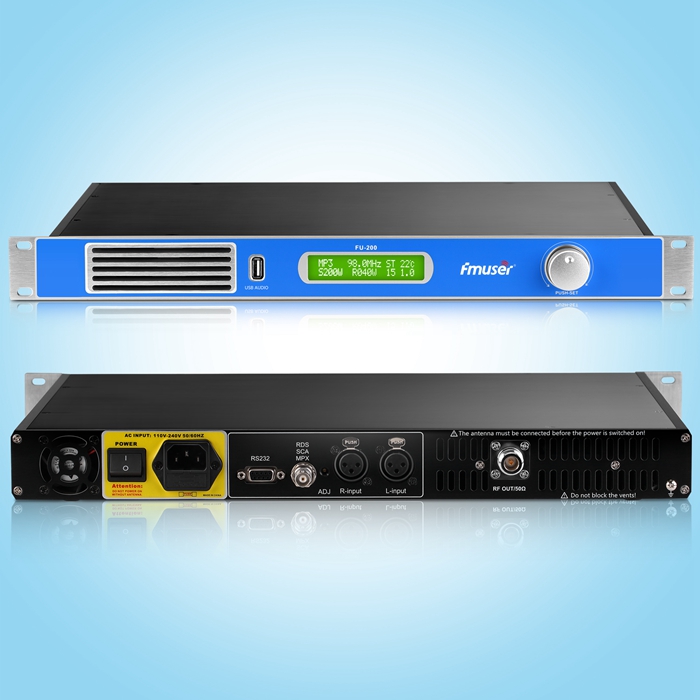Recently, the 3GPP (IMS Partnership) announced that the 3GPP R15 (NSA) (NSA) 5G new air interface standard will be frozen in March 2018. This has been in advance for nearly half a year compared to the early identified timetable for 3GPP.
As early as February this year, in order to meet some of the operators to achieve 5G commercial needs in 2019, 22 communications giants were collectively announced to support accelerated 5G NR standardization process.
Communication experts believe that the importance of 5G standards marks that the industry officially enters 5G network commercial countdown, which also enables 5G technology to enter white heat: chip manufacturer, equipment supplier and communication operators, even the entire consumer electronics industry will welcome Come to a new round of innovation cycle.
But in the mad road, I have to face the problem of tight spectrum resources.
Spectral resources are still scarce
In the field of mobile communications, spectrum resources are the core resources that promote industry development and is the basis of carrying wireless services.
How to understand the importance of spectrum? Fan Mingxi, vice president of Qualcomm Engineering, explained: "Under today's LTE technology, every user has to occupy fixed spectrum and time resources, and once the spectrum and time resources are After using it, new technologies will not come in. In 5G, when different users get into the Internet spectrum resources, although they will occupy the corresponding time and space, it will have their own specific code, different users can By different codes, multiplexed the same frequency and time resources. However, this technology does not appear in the 3GPP first generation R15 standard, but in R16 or even in the R17 standard. "
The International Telecom Alliance has predicted that by 2020, the international mobile communication frequency demand will reach 1340MHz-1960MHz. At that time, China's mobile communication frequency demand will be 1490MHz-1810MHz, spectrum gap is 1000MHz.
According to Huawei, the "5G Spectrum Stand Book", 5G super high speed, ultra-low delay and ultra-reliable characteristics, not only will improve the human communication experience, but will also expand intelligent manufacturing, car network Industrial applications such as intelligent logistics, wireless home broadband access, but it also requires a richer spectrum resource.
According to different requirements and frequency bands of various 5G services, Huawei has proposed 5G "multi-layer" spectrum concept: 2GHz or less spectrum (for example, 700MHz) is "overlay", mainly to meet wide area and depth interior; between 2GHz-6GHz The spectrum (represented by the C-band of 3.3GHz-4.2GHz and 4.4 GHz-5.0GHz) is "coverage and capacity layer", which can achieve the best balance between network capacity and coverage, will be the world's first 5G commercial Frequency segment; 6GHz or more spectrum (e.g., 24.25 GHz-29.5GHz and 37GHz-43.5GHz) is "super large-capacity layer" to meet large capacity, high-rate business needs.
Among them, C-band is a critical band of 2020 global 5G first commercial, each operator needs to obtain at least 100MHz continuous bandwidth.
Dean Brenner, who was responsible for the spectral strategy and the scientific and technological industrial policy, said that the spectrum is the source of life of the wireless network. Qualcomm has always advocated the maximum spectrum unity, and the frequency spectrum can create scale economic effects. To reduce costs and support global roaming.
Let 5G chip support different frequency bands
So how should 5G construction should overcome this "blocking road tiger" in a large background of spectrum resources?
Madet, senior vice president of Qualcomm Engineering Technology, believes that 5G to achieve commercial, spectrum allocation is a necessary link, and different countries will determine the frequency band allocation by the supervisory party. "In 2019, in addition to commercial deployment, some parts of the world may also open more Spectrum resources, or by public auction mode.
Take my country as an example, November 15, the Ministry of Industry and Information Technology took the lead in the 5G medium frequency band, released spectrum resources, and played an important role in the development of 5G industries in chips, terminals, software and other products.
Meng Mun, chairman of Qualcomm China, said: "The 5G new air interface design will face the full frequency band from low frequency to high frequencies, 6GHz The following frequency band 3GHz has gained concern in the world. China is first clarified in the medium frequency band The frequency use plan is the key to accelerating 5G to industrialization and commercialization. "
"5G will support more new applications that have been expanded in vertical industries, so there is a lot of demand for 5G spectrum. In addition to the frequency band, it is also very important to use high-frequency millimeter wave bands to 5G. The millimeter wave band can provide the ultimate Bandwidth, for better, faster enhanced mobile broadband demand. Enterprises also hope that the Ministry of Industry and Information Technology will plan more spectrum resources including millimeter wave bands as soon as possible. "Meng Wei said.
Liu Guangyi, China Mobile Communications Research Institute, Wi-Fi, also believes that the future 5G spectrum is high, medium and low to meet the requirements of key performance indicators such as coverage, capacity, and number of density.
"In the face of the fact that Qualcomm needs to develop 5G chip to support 5G sections of various countries." Rajesh Pankaj, senior vice president of Qualcomm Engineering Technology, said in the 2017 Future Information Communications Technology Summit, "in design," Qualcomm wants to broaden the wide bandwidth, expand parameters, speed, reduce the delay, use wireless technology to increase new features, such as large-scale MIMO, millimeter waves, etc. In addition, Qualcomm is actively promoting the implementation of global unified standard 5G NR, including spectrum Type, frequency band unified design and 6 GHz or less license and sharing of 6 GHz, exempt from the frequency band standard. "
Madei is analyzed that whether it is a 6GHz or less spectrum or a millimeter wave spectrum, supporting different spectrum in the terminal is in terms of radio frequency, more antennas used on the millimeter wave terminal, while an antenna used on the 6GHz below the terminal . "However, Qualcomm will ensure that each terminal supported can support 5G technology in millimeter wave and 6GHz below the frequency band. No matter how the operator will deploy 5G, consumers can enjoy 5G low delay, high Rate service. "
At present, Qualcomm has launched a "full coverage" 5G new empty prototype system for 6GHz or less, millimeter wave band and spectrum sharing technology to support test, display and verify 5G design, promote and track 3GPP 5G new vacation standardization process, accelerate 5G new vacation. Large-scale trials and commercial deployments.
According to Qualcomm, the world's first 3GPP R15-based end-to-end 5G new vacation (5G NR) system interoperability, using a 3.5GHz band, and 3.5GHz band meets the frequency use planning in the 5G medium frequency band proposed in my country.
Original address: https://www.eeboard.com/news/5g-40/
Search for the panel network, pay attention, daily update development board, intelligent hardware, open source hardware, activity and other information can make you master. Recommended attention!
[WeChat scanning picture can be directly paid]
Our other product:


